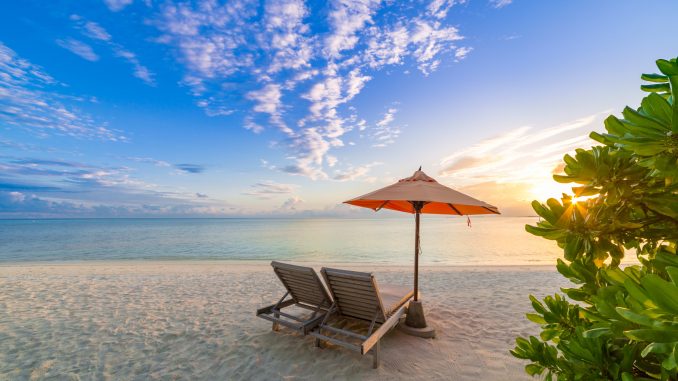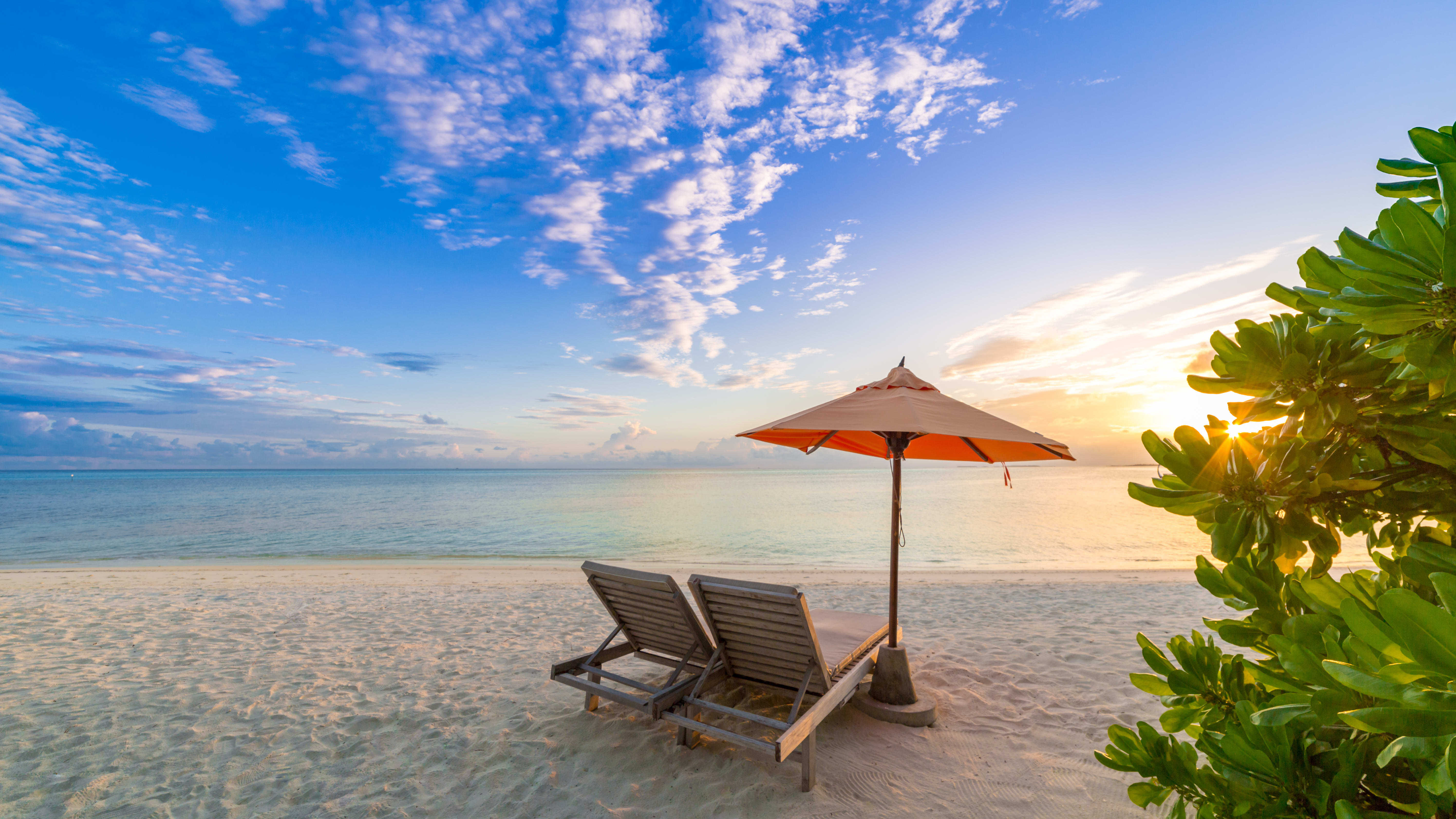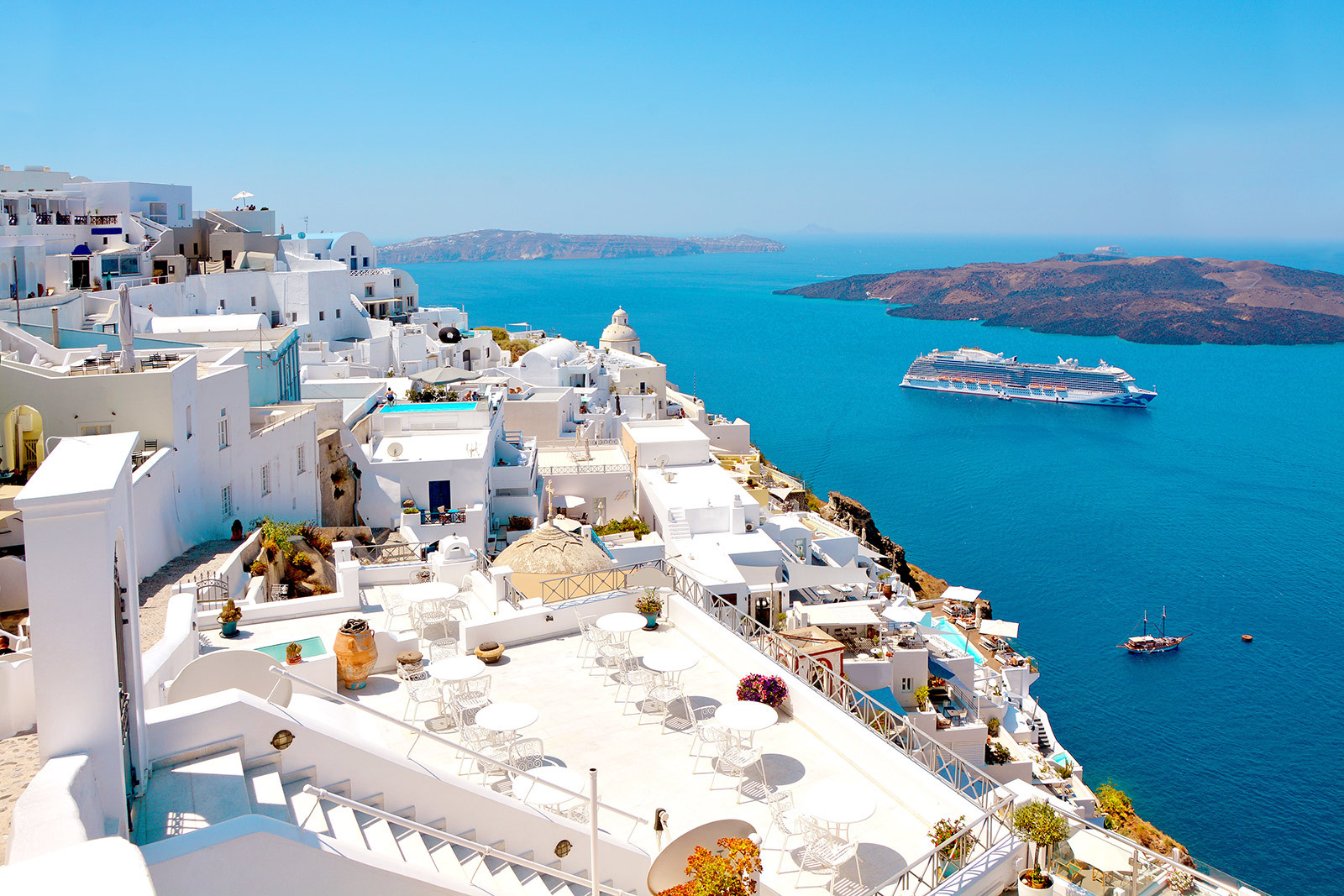
Public transportation is the nearly universal form of travel in Cameroon, a country on the corner between Central and West Africa. Cameroonians use public transportation whenever they leave their villages or travel around in a town or city.
Most of Cameroon remains unpaved 45 years after independence. Paving or not determines what type of public transportation you will find when you travel. Where there are paved roads, you will most often find smaller cars, such as Peugeots, being used as taxis. Drivers will jam up to 10 people into a car and then speed down the roads in excess of 120 kms per hour. It makes for a very scary and uncomfortable trip.

The more common type of public transportation on dirt roads is the infamous bush taxi. The bush taxi is about 10 feet tall and painted white. It looks like a milk truck with holes cut out for windows; it seats 24 on the three long benches in the back and two in the front comfortably. Drivers regularly jam up to 32 people in the back and four in the front of a bush taxi. This does not include children, who sit on people’s knees, or the bagboys, who handle passengers’ luggage and hang off the back of the bush taxi like firemen during the trip. Either passengers shove their bags under the seats or bag boys secure the bags on top for a fee. These can add another four to six feet to the bush taxi’s already considerable height.
The bag boys will fight you for your luggage, so make sure you stick it underneath early. No taxi leaves until it’s full, so you can wait up to six hours to leave. If you get there early, you can get a good seat up near the driver and put your luggage underneath. Be careful about sitting directly behind the driver, however, as this is where the engine sits and the wall can become very hot.
The roads are quite rough, riddled with washboard, ravines and potholes. In the rainy season, they turn to red mud, with small ponds that can extend all the way across a road and get a taxi stuck. Then, everyone has to get out and push. Accidents are common, making travel dangerous, since dirt roads are only a lane-and-a-half wide and other large vehicles like logging trucks will literally push a bush taxi out of the way.
A major problem of public transport and travel in general in Cameroon, particularly in the East Province, is the establishment of impromptu control points coming in and out of major cities by members of the Cameroonian Army, called “gendarmes”. Gendarmes will demand to see national identity cards, especially from anyone who looks foreign, then attempt to intimidate a bribe of 1000 CFA (the local currency) out of the unfortunate passenger. White women traveling alone using public transportation in Cameroon can have an especially unpleasant time, since Cameroonian women are not allowed by law to travel without the permission of their husband, father, brother or male guardian.

In a large town or city, you can get a taxi on the street or at certain spots in or near taxi parks by hooking your fingers as it passes by and hissing. As with long-distance travel, the price is usually fixed. But since most other prices are negotiable and ripping off strangers is a national pastime, the driver may try to inflate the price. Regular prices for taxis also vary according to city or town. They’re cheapest in the East Province and most expensive up north. A cheaper alternative to the taxi is the mototaxi, where you can travel on the back of a small motorcycle behind the driver.
The most comfortable way to travel, by far, is plane. Until recently, you could take Cameroon Airlines from Maroua to the country’s capital, Yaoundé, or further south to Douala in the South Province. These planes were medium-sized modern airplanes with the usual safety features, though the seats were a bit narrow with not much legroom.
The easiest way to travel by public transportation in Cameroon is by train, but it doesn’t go everywhere and has the odd derailment. The railroad goes from Douala north through Yaoundé to Ngaounderé, the capital of the Adamoua. If you want to travel further north, you need to take a taxi. The roads are paved, but bandits occasionally put up roadblocks to rob the passengers.
In most places in the world, first class on public transportation is not worth it-it is worth it in Cameroon. You have two classes for the train: first and second. In first class, you are guaranteed a seat, at least in theory, and passengers can get on in an orderly fashion. For night trains, you can pay extra for a berth in a four-bed couchette. If you come on in the middle of the route, your couchette may no longer be available by the time you get on.
Second class is a different story. Nobody is guaranteed a seat and more tickets than seats are always sold. People therefore scramble in a big pile to get on the train and if you don’t watch it, you will get your pocket picked. You then have to get a seat. The seats come in sets of four. Second class on the Cameroon railroad is a wild travel experience. But it’s not a very comfortable one, especially when traveling alone. You can, however, get food at the different railroad stops from either first or second class. People will come up to the train and sell you peanuts, bananas, papayas, bushmeat, plaintains, beef and bottled water or soda through the window. Avoid buying water and bring your own. Cameroonian water usually needs to be boiled before it’s safe.
Travelling on public transportation in Cameroon is a real adventure and can be scary at times. But if you know French and take a little time to learn your way around, it’s a beautiful country to visit. Just keep a hand on your pockets and a sense of humor firmly in place at all times.

